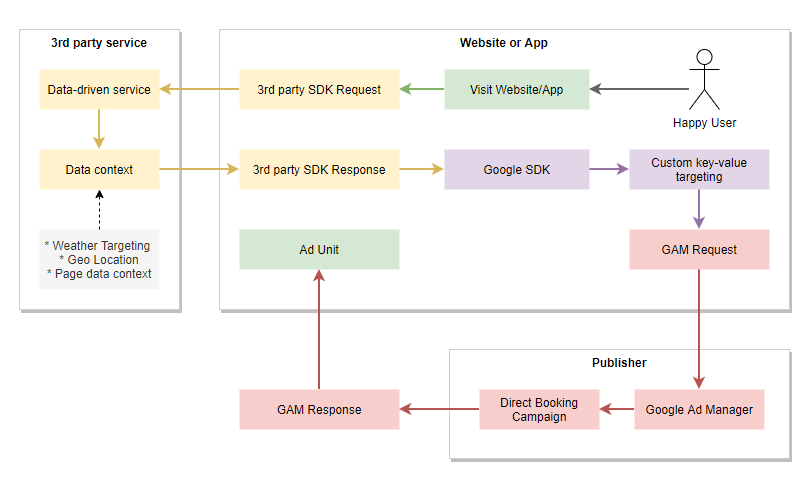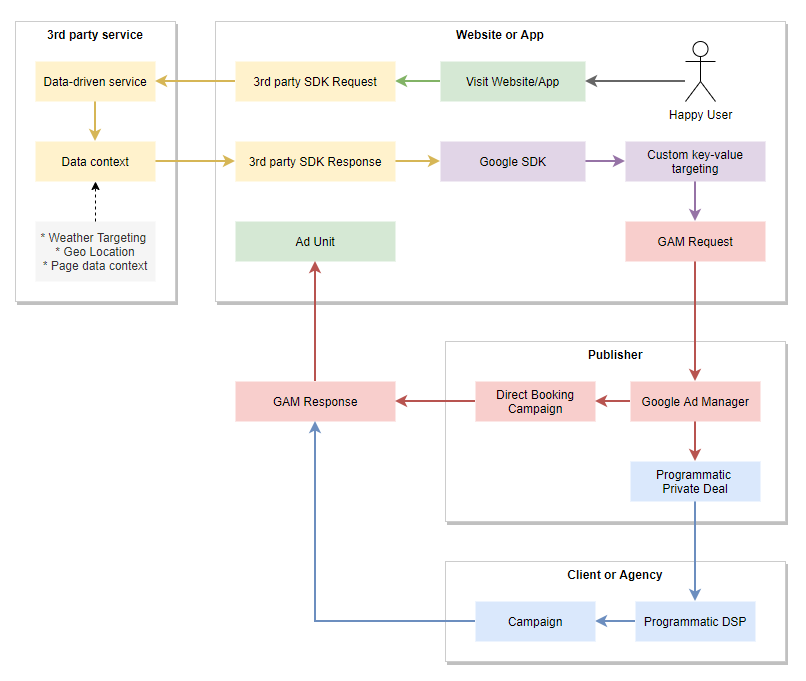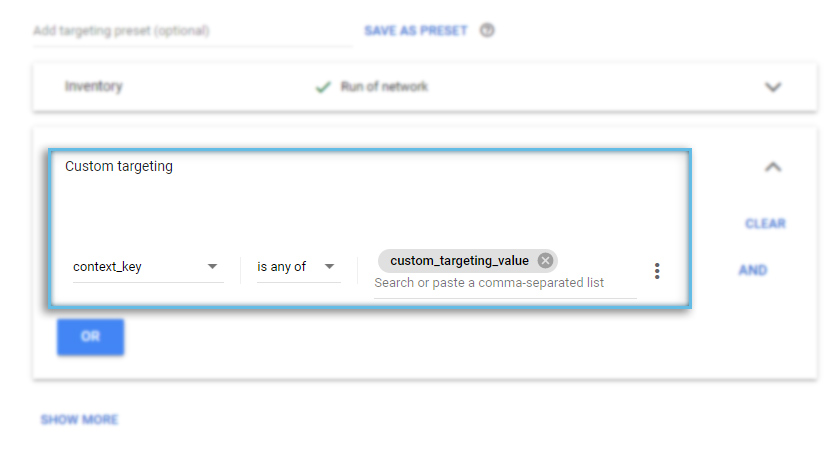Contextual targeting • Programmatic Cookie-less future
In the Cookie-less times, contextual targeting is getting more popular than ever. But are we able to deliver contextual targeting programmatically? What is Contextual targeting?...
Filter by Category
Filter by Author

In the Cookie-less times, contextual targeting is getting more popular than ever. But are we able to deliver contextual targeting programmatically? What is Contextual targeting?...
Posted by Wojtek Andrzejczak

Digital advertising is heavily dependent on cookies, which are slowly passing away. Therefore, it is the right time to think about how cookie-less digital advertising can look in...
Posted by Wojtek Andrzejczak

Achieve Google Page Speed at a score of 100/100 is challenging, especially for mobile. So let’s discuss a few steps to optimize your WordPress to get you close to the top...
Posted by Wojtek Andrzejczak

Contact me if need advice or if you need help. Please choose the most suitable contact channel for you.
Posted by Wojtek Andrzejczak

Plausible Analytics is one of the new generation projects build around Privacy First/Cookie-less approach. It is an interesting alternative for Google Analytics users who need web...
Posted by Wojtek Andrzejczak

Hello, my name is Wojtek, I'm an experienced Software Engineer, with many many years of experience in the advertising industry.
Posted by Wojtek Andrzejczak

If you need a technical specialist to technical support to fix your problems, you are in the right place.
Posted by Wojtek Andrzejczak

The most difficult part of advertising is reporting. Manually generated reports take a lot of time, and manually combining data in Excel does not help with this task. However,...
Posted by Wojtek Andrzejczak

With iOS 15, Safari will block trackers by hiding the user’s real IP address. But how exactly will it work? And what side effects could we expect to see in the campaign...
Posted by Wojtek Andrzejczak

Every year we wait for the Apple WWDC conference to see how they will increase Privacy settings with the new iOS release. And this year, with iOS 15, they did their best to...
Posted by Wojtek Andrzejczak

In the Cookie-less times, contextual targeting is getting more popular than ever. But are we able to deliver contextual targeting programmatically?
Contents
Contextual targeting is a practice to deliver ads to the user based on the page’s content he is currently reading. At this point, we don’t need to know who the user is. Instead, we are interested to deliver content to the user visiting page which is related to our ads.
It also does not require the use of cookies or any other persistent identifier.
The described schemes below are just an example. Each publisher has a different data flow and setup. My idea is to focus on the general concept rather than a 1:1 copy&paste solution.
The concept of direct booking campaigns is the most common practice to deliver Geo-Location, Weather, or Intelligent Contextual targeting combined with custom targeting key-values.
In a simple way to describe this flow, each time the website/app is loading, a 3rd party SDK must process all the environmental conditions (location, article text, etc.). In return, the 3rd party service, after processing the data, returns custom targeting values. Afterward, those values are passed to the publisher to match a campaign with those specific targeting values.
To deliver ads to the user, the 3rd party service must pass key-values directly to the Google SDK so that the Google Ad Manager could find a matching campaign.

Programmatic advertising requires cookies or device IDs like IDFA or GAID to let the system target specific user segments. So is it possible to deliver programmatic campaigns without using any of those identifiers?
Yes, it is possible. However, it requires the use of Private deals between publisher and advertiser.
To the diagram above, I’ve added a new section where we define on the publisher side a Programmatic Private deal in which we define custom targeting key-values. Then, each time the user visits a page identified by 3rd party SDK with a specific contextual value, the agency will display their ads to the user using, for example, Google DV360.

It is common practice to use the custom targeting key-value technique in a programmatic deal. Often it can be found when a publisher offers a programmatic deals inventory for each section of their website. For example, if this is a news website, then Sport, Politics, Business, or Economic category will be identified by a different category context value (category_context=sport).
In our case the value, we would like to use is coming from the 3rd party service.

Acquiring new clients, setting campaigns on your own DSP, and sending the tags to the publisher to let them set up the whole direct campaign is time-consuming and a lot of resources. And time is money; the more time you spend on the campaign, the less money you earn.
Setting a programmatic deal allows the publisher to send it to multiple agencies (or clients) to use it to deliver their campaigns.
Even if the agency might not deliver many ad impressions, we can reach multiple agencies simultaneously on behalf of our publisher, so in total, it could be a lot of ad impressions combined.
If we are the owner of the 3rd party service, everything that we do is pass the targeting values to the publisher. It means that we really don’t have any control and overview of how often their values are used and how many ad impressions have been delivered.
Unfortunately, there is no simple way to solve this issue. Of course, we can agree to make a billing based on the monthly deals reporting. But the publisher will have to include all deals that he has created.
Subscribe to our newsletter!

Google Campaign Manager for all new accounts sets the default time zone as New Your -5/-4h. If affects all start and end dates in all our campaigns.

Android 13 Privacy Features: Safeguarding User Privacy in Advertising Compared to iOS Google’s Android 13 is here, and with it comes many privacy updates to improve user...